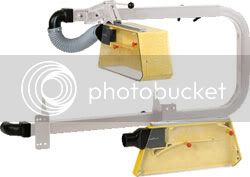Good day
I saw those push blocks on the Internet and I liked them so I decided to make them.
The sanding block in the pictures is 100 x 210 mm and is used by the builders to sand the walls before painting, so look around the building supply shops. They cost here around 1 Pound (6 Zloty).
The self-gluing anti-skid tape is used in the bath tab to avoid skidding but as you know, you can use #60 or #40 sanding paper instead.
Pictures removed due to safety reasons
Regards
niki
I saw those push blocks on the Internet and I liked them so I decided to make them.
The sanding block in the pictures is 100 x 210 mm and is used by the builders to sand the walls before painting, so look around the building supply shops. They cost here around 1 Pound (6 Zloty).
The self-gluing anti-skid tape is used in the bath tab to avoid skidding but as you know, you can use #60 or #40 sanding paper instead.
Pictures removed due to safety reasons
Regards
niki








